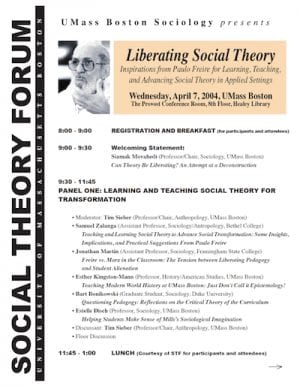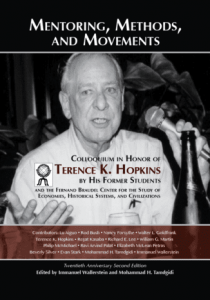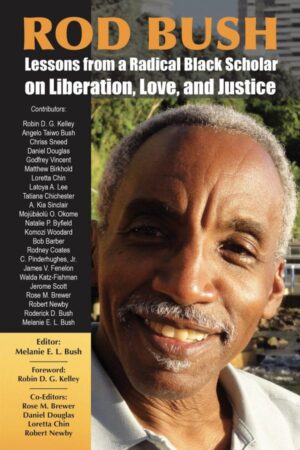Proceedings Journal Article — A Synergistic Curriculum for the Distressed: Mediating the Accommodation of Diverse Students into Academia — by Leor Alcalay
$15.00
Over the past two decades I have developed a methodology (Alcalay, 1996) for teaching the acquisition of a non-native language that has emerged from my own idiosyncratic melding of theories of language, mind, and learning with my instructional classroom experiences. I have named thismethodology KECCA: Kaleidoscopic, Eclectic, Communicative, Cognitive, Architectonic.
Description
Abstract
Over the past two decades I have developed a methodology (Alcalay, 1996) for teaching the acquisition of a non-native language that has emerged from my own idiosyncratic melding of theories of language, mind, and learning with my instructional classroom experiences. I have named thismethodology KECCA: Kaleidoscopic, Eclectic, Communicative, Cognitive, Architectonic. What I conclude from a revisitation of this method in mypaper is that I am at the stage where I need to expand the sphere of my pedagogy beyond my classroom. Just as I have sought to bring contemporary communicative technologies into my classroom in order to stimulate the SLA process of my students, to engage them in real world semiotic systemsthrough mechanisms such as email, web-based learning, learner dictionary CDs, and news magazines, so too can these technologies provide an avenue for the “ventilation” of my practice into a larger sphere of interest.
Recommended Citation
AlcalayLeor. 2004. “A Synergistic Curriculum for the Distressed: Mediating the Accommodation of Diverse Students into Academia.” Pp. 95-108 in Liberating Social Theory: Inspirations from Paulo Freire for Learning, Teaching, and Advancing Social Theory in Applied Settings: Proceedings of the First Annual Social Theory Forum, April 7, 2004, UMass Boston (Discourse of Sociological Practice, Vol. 6, Issues 2, Fall 2004). Issue Guest Editor: Mohammad H. Tamdgidi. Sociology Department, UMass Boston.
Read the Above Publication Online
To read the above publication online, you need to be logged in as an OKCIR Library member with a valid access. In that case just click on the large PDF icon below to access the publication. Make sure you refresh your browser page after logging in.







